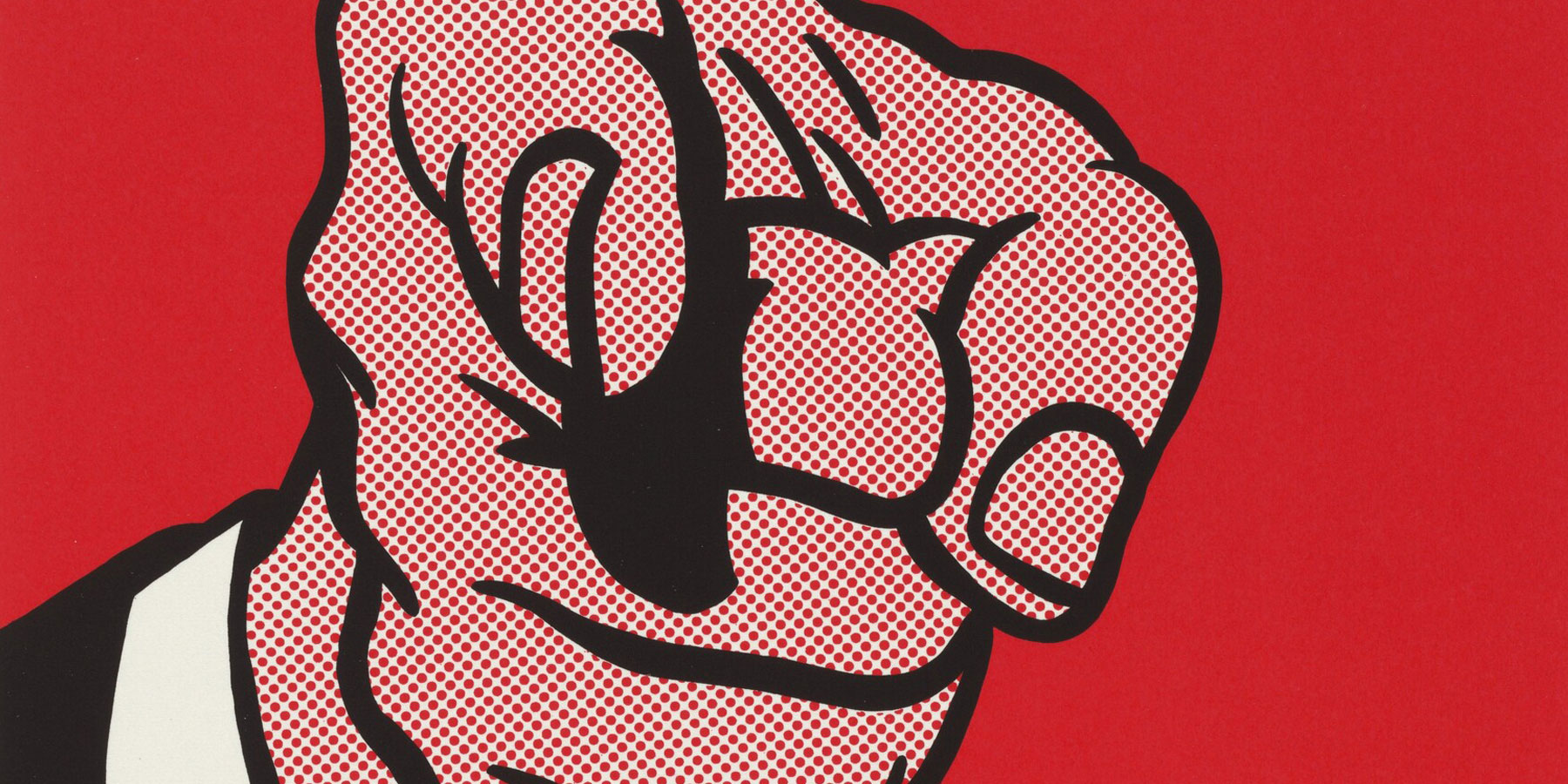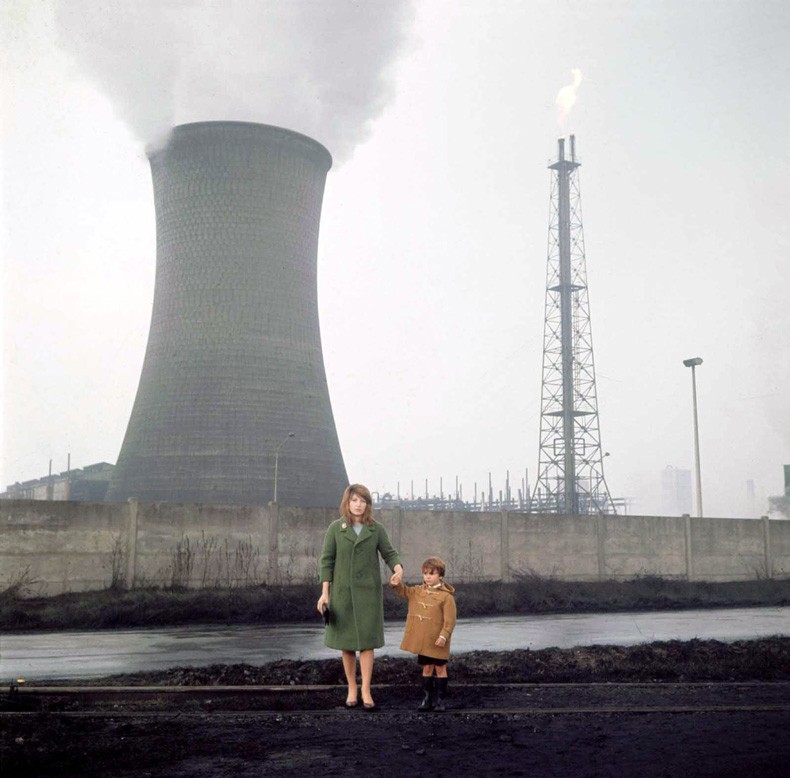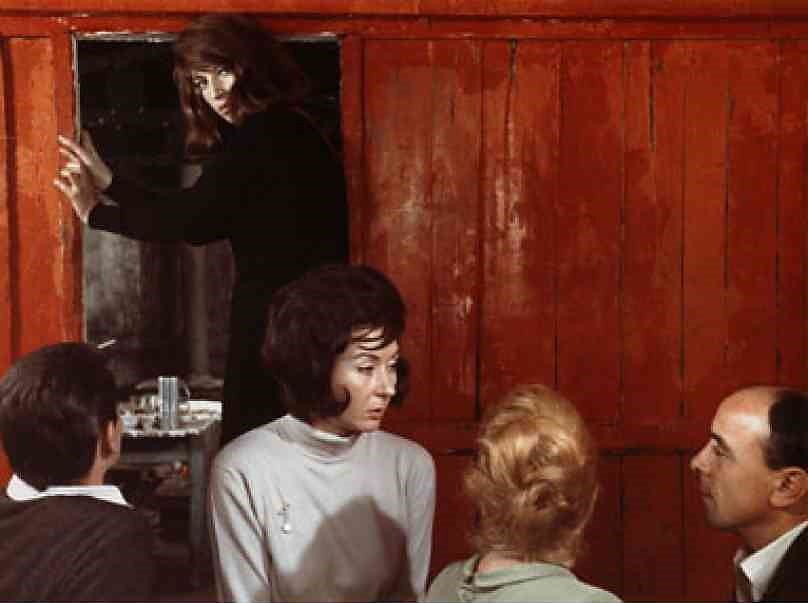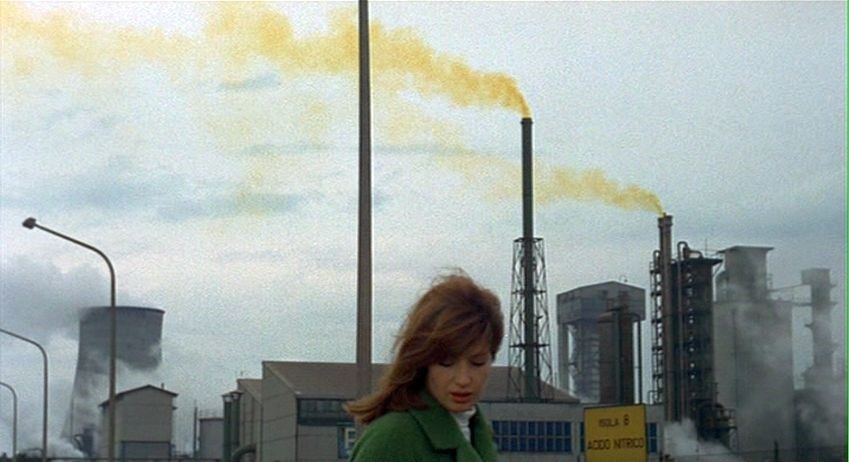Red Desert eschews traditional narrative progression and instead establishes tone and mood via its imagery and electronic synthesizer soundtrack. Through a series of languorous panoramas, fixed shots, and close-ups, the film follows the activities of Giuliana (Monica Vitti), a beautiful, modern woman married to Ugo (Carlo Chionetti), a wealthy industrialist; she is a denizen of the desolate and toxic landscape that has brought her husband his fortune—his own "private hunting ground" (as he half-jokingly describes it). Giuliana suffers from mental illness, which the film tacitly suggests originates from the lack of intimacy endemic to the alienating conditions of modern life. Following a brush with death in a car accident, which she later confides was a suicide attempt, Giuliana drifts rudderless, scared and confused, through the factory world. Her husband even couches her mental state in mechanical terms, affirming that "her gears don’t quite catch" as they used to, a comment which seems to underscore her adoption of the conditions and logics of her inanimate surroundings. For much of the film, she teeters at the edge of an affair with her husband's sensitive and sympathetic business partner, Corrado Zeller (Richard Harris); the relationship is only consummated when he is about to leave for Argentina.
Other vignettes punctuate and disrupt the larger diegetic arc: a strike results in a worker shortage; the bourgeois business elites flirt with the idea of an orgy, but ultimately it does not come off; Antonioni vividly presents the story Giuliana tells her sick child, Valerio, about a girl who lives isolated on a pink beach. Implying a cycle or spiral, Red Desert begins and ends with similar shots of the tragic protagonist, dressed in a striking pea-green coat, and her young son, dressed in yellow, meandering through an otherwise gritty, gray environment (fig. 1).
















